Weekly Reader: Celebrating Jewish American Heritage Month
It’s May! Not only is spring in full bloom (and allergy season—I commiserate with my fellow sufferers) but it’s also Jewish American Heritage Month. As far as we’re concerned, every month is Jewish American Heritage Month, but it’s always nice to get a little recognition for our contributions. To celebrate, we’ve put together a few pages of highlights and resources from our collections, as well as a special episode of our podcast, The Shmooze. Here, though, I’m going to get a bit more into the weeds, not only about the influence of Jewish (and Yiddish) culture on America but on literature specifically. We all know about the major American Jewish writers (in English), but how did they relate to their Yiddish predecessors and, often enough, contemporaries? How many of them spoke Yiddish, grew up hearing Yiddish, or were somehow influenced by the Yiddish literary canon? These are big questions, and I can hardly do them justice in one newsletter. But here are a few tidbits that might help us dig a little deeper.
—Ezra Glinter, Senior Staff Writer and Editor
Abraham Cahan
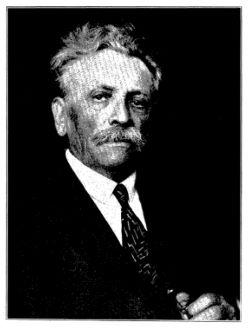
When we talk about the “American Jewish novelist,” we’re usually referring to English-language writers, even though, technically speaking, Yiddish novelists writing in America were also “American Jewish novelists.” But however you parse the term, one of the first major figures in the arena was none other than Abraham Cahan. It’s strange to think of Cahan that way, since he is so closely associated with Yiddish journalism in general and the Forverts newspaper in particular. But he was also a successful, and occasionally celebrated, writer of literary fiction in English, including a number of short stories and the 1917 novel The Rise of David Levinsky.
Read Abraham Cahan’s autobiography (in Yiddish)
Access teaching resources about Cahan’s “Yekl: A Tale of the New York Ghetto”
Saul Bellow
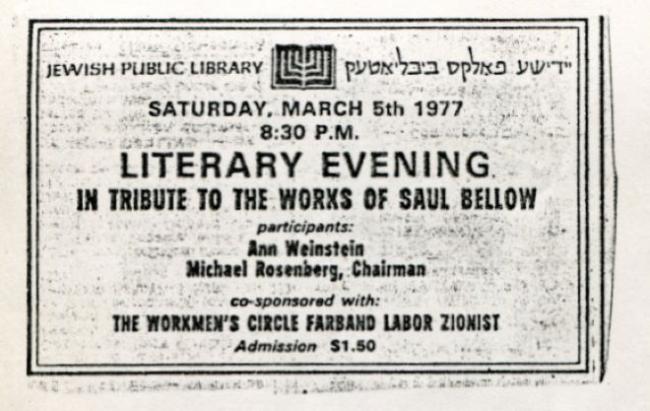
Few of the big midcentury American Jewish novelists had as close a relationship with Yiddish as Saul Bellow did. Yes, he spoke Yiddish and had things to say about it. He once wrote that contrary to the stereotype of Yiddish being “charming, appealing, sentimental . . . Yiddish is a hard language . . . Yiddish is severe and bears down without mercy.” He was famously among the first translators of Isaac Bashevis Singer, producing an English version of the story “Gimpl tam” (“Gimpel the Fool”) in a single afternoon. While there are undoubtedly entire dissertations to be written about Bellow and Yiddish, why not start with the man himself? Here are two recordings of Bellow speaking at the Jewish Public Library in Montreal—the first in 1977 and the second in 2000.
Cynthia Ozick
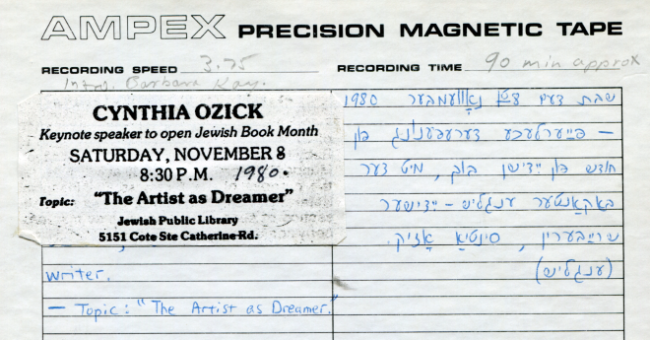
If we’re going to talk about the intersection of Yiddish and American literature, we have to talk about Cynthia Ozick. Although Ozick has always written in English, her work directly addresses Yiddish literature, most famously in the 1969 story “Envy; or Yiddish in America.” Indeed, few writers have made as concerted an effort as Ozick has to blend hardscrabble Jewish concerns with the most high-falutin’ English literary traditions. (She has a particular fascination with Henry James, about whom we might fairly say there are few writers less Jewish.) Here, too, there is too much material to do it justice, but that’s not to say we can’t get started.
Listen to Cynthia Ozick speak about “The Artist as Dreamer” in 1980
Grace Paley
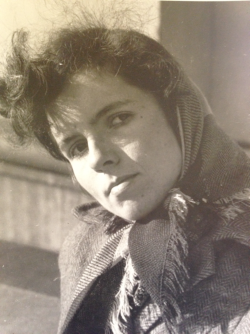
Grace Paley’s childhood was about as Yiddish American as you can get. Born in the Bronx to immigrant socialist parents in 1922, Paley drew on the sounds and social context of her upbringing throughout her work. That influence hasn’t been lost on readers, or on us, and Paley’s writing has always featured heavily in many of our courses and programs. Paley passed away in 2007, but not before she paid us a visit in 2002 to speak at our Great Jewish Books Conference.
Access a collection of reading resources for A Grace Paley Reader
Allen Ginsberg
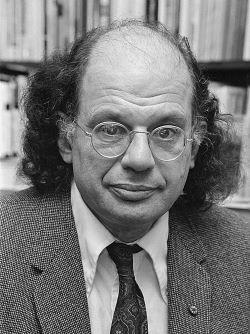
Allen Ginsberg’s connection to Jewish culture is well known. One of his most famous poems, after all, is titled “Kaddish.” What kind of relationship he did or did not have with Yiddish is, honestly, something I don’t know. But if you’ve been following along until now, you may have noticed a trend: many of these writers were recorded speaking at the Jewish Public Library in Montreal, and we have those recordings in our Frances Brandt Yiddish Audio Library. And wouldn’t you know it? Ginsberg is there too. This discovery prompted an essay from Zeke Levine, who writes that the talks are “particularly powerful in establishing Ginsberg as a link between the political activism of his mother’s generation and the activist spirit of the artistic community of the late ’60s.”
